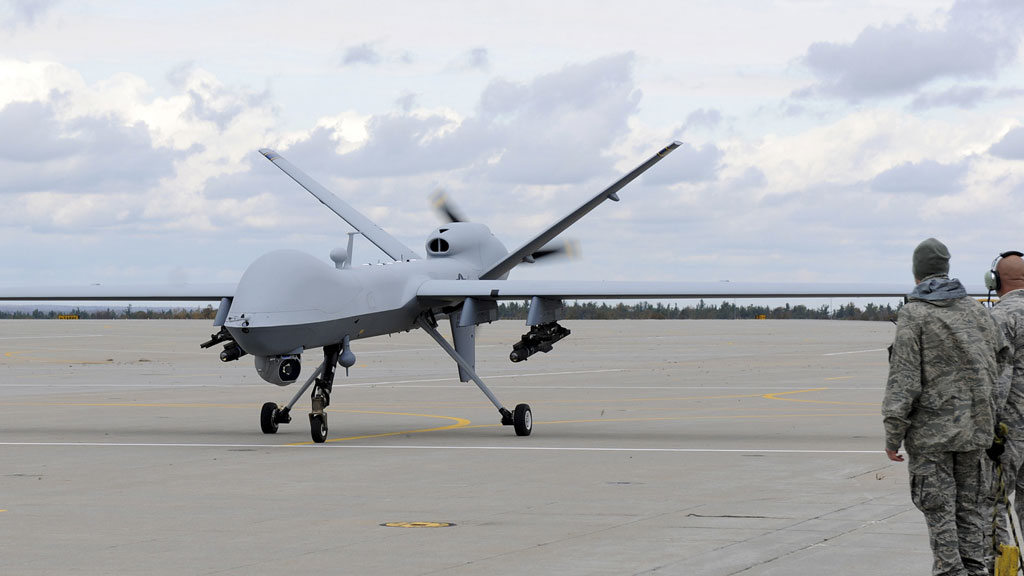UK drone usage grows despite controversy
British drone flights over Afghanistan have nearly trebled since 2008, while the use of missiles has increased sixfold, according to new figures released by the Ministry of Defence.

British forces flew 892 drone sorties over Afghanistan last year compared to 296 in 2008, while the number of flights when missiles were deployed jumped from 14 to 92.
Last year 10 per cent of drone flights over Afghanistan involved missile usage compared to 5 per cent five years earlier, said Defence Minister Andrew Robathan in a written parliamentary answer.
The increase in drone usage follows increased UK concern at military accountability for unmanned missions over Afghanistan and in other operations. Until the end of July this year, British drones had been used on 466 sorties and deployed missiles on 8 per cent of these.
In April about 400 campaigners marched from Lincoln to RAF Waddington after the military base began remotely piloting drones in Afghanistan. British drones had previously only been piloted from bases abroad.
Controversial weapon
Until April, British soldiers embedded with the US Air Force had flown US drones in support of operations in Afghanistan, Iraq and Libya on approximately 2,150 missions since 2006, the government revealed.
Drones have become hugely controversial on both sides of the Atlantic because of their widespread use by the US in countries like Pakistan and Yemen, where hundreds of civilians have been killed in strikes.
In response to public pressure, in May President Barack Obama pledged to be more open about his counter-terrorism policy and to apply stricter limits on the use of drones.
In October last year the British government announced it was doubling the number of armed Reaper drones to 10.
British forces operate five types of drone – the Reaper, Hermes 450, Desert Hawk III, T-Hawk and Black Hornet – but only the Reaper is armed, with the remainder used for intelligence, surveillance, targey acquisition and reconnaissance.
-
Latest news
-
As India goes to the polls in the world’s largest election – what do British-Indians think?6m

-
Tees Valley: Meet the candidates in one of the biggest contests coming up in May’s local elections4m

-
Keir Starmer says public sector reform will be a struggle7m

-
Nicola Sturgeon’s husband Peter Murrell charged with embezzlement of funds from SNP1m

-
Ukraine might finally get $60billion in American weapons and assistance to defend against Russia3m

-




